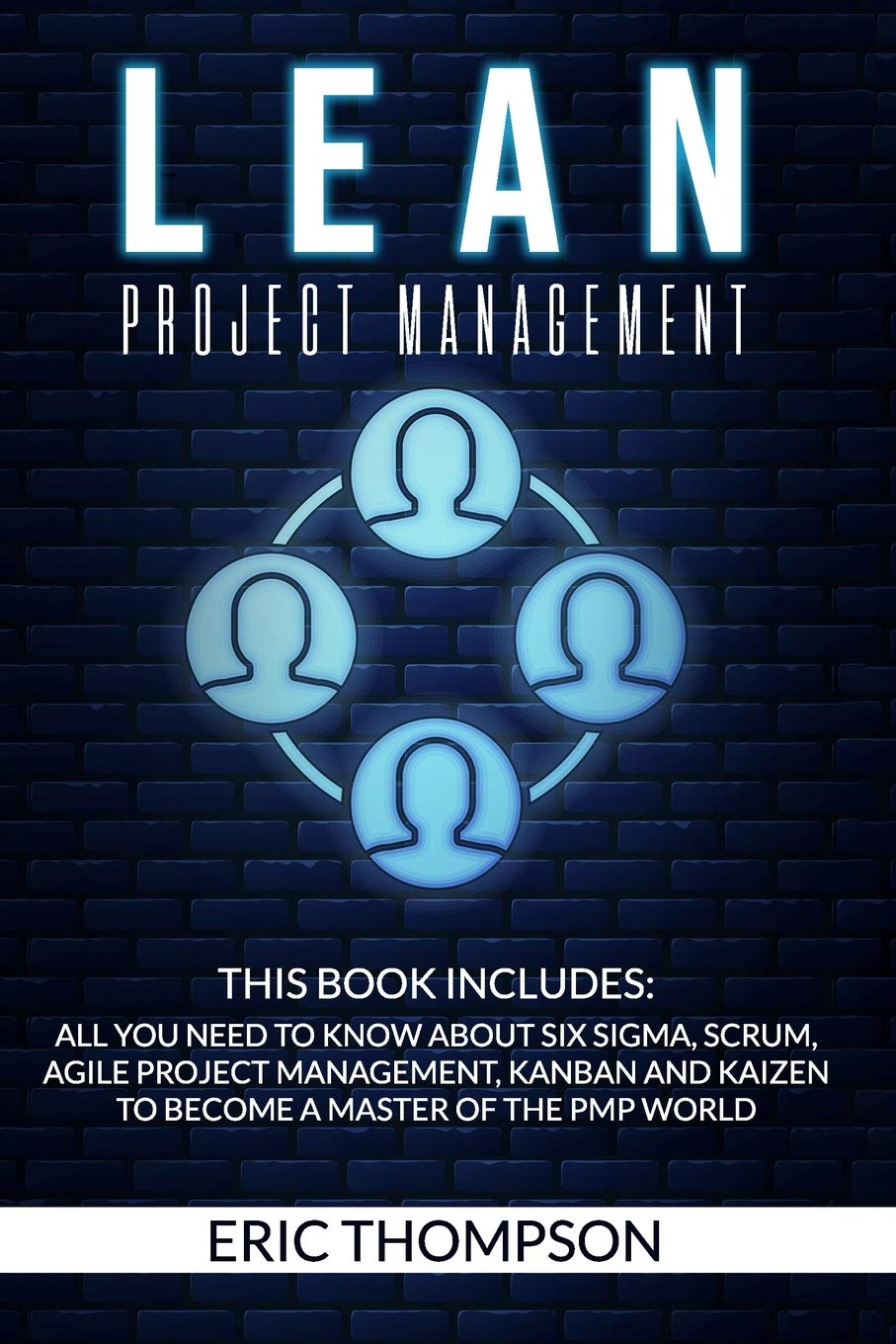
Scrumban
What is Scrumban?
Scrumban is a hybrid project management method that combines elements of Scrum and Kanban. It was initially developed to help teams transition from Scrum to a more flexible workflow using Kanban principles. Over time, it has evolved into its own distinct framework. It blends the structured, sprint-based planning of Scrum with the visual task management and continuous flow of Kanban. This approach enables teams to maintain agile practices while adapting to real-world work demands that may not align with fixed-length sprints.
Scrumban is especially useful for teams that need to manage unpredictable workloads or ongoing maintenance tasks. It supports continuous improvement and encourages team collaboration through regular stand-ups, board reviews, and cycle time tracking. While it borrows from both parent methodologies, it does not enforce strict rules, allowing for greater adaptability.
Key Points
- Combines Scrum’s iterative planning with Kanban’s visual workflow and flow efficiency.
- Uses a task board with columns such as “To Do,” “Doing,” and “Done” to track progress.
- Emphasizes continuous delivery rather than fixed sprint cycles.
- Supports work-in-progress (WIP) limits to prevent team overload.
- Encourages regular reviews and retrospective meetings for ongoing improvement.
Related Terms
- Scrum provides the foundation for structured planning and roles within Scrumban.
- Kanban introduces continuous flow and visual task tracking elements to the hybrid system.
- Work-in-progress (WIP) limits help control the amount of work a team handles simultaneously.
- Cycle time is an important metric used in Scrumban to measure task completion speed.
- Lean principles guide many of the efficiency practices used within this methodology.
Scrumban: Example
A software support team uses Scrumban to manage ongoing customer issues. Instead of planning two-week sprints, the team pulls tasks from a backlog as they arise. A Kanban board helps them track each ticket through stages like “Open,” “Investigating,” “Fixing,” and “Resolved.” Regular team check-ins allow members to adjust priorities and clear any blockers, improving response time and workload balance.
Scrumban: Best Practices
- Set WIP limits to prevent bottlenecks and maintain a steady workflow.
- Use visual boards to increase transparency and team alignment.
- Conduct daily stand-ups to maintain open communication and promptly identify issues.
- Track cycle time to measure performance and improve future planning.
- Regularly review the process to identify areas for adjustment or improvement.
Additional Resources
Preparing for a PMI certification?
- Exam Prep Courses: PMP®, CAPM®, and PMI-ACP®
- Exam Simulators: PMP®, CAPM®, PMI-ACP®, PMI-PBA®, PMI-RMP®, PMI-SP®, PgMP®, and PfMP®
- Professional Development Units (PDUs): 15, 30, and 60 PDU Bundles

![Scrumban - Scrumban [R]Evolution, The: Getting the Most Out of Agile, Scrum, and Lean Kanban](https://brainsensei.com/wp-content/uploads/2025/09/Scrumban-1.jpg)


